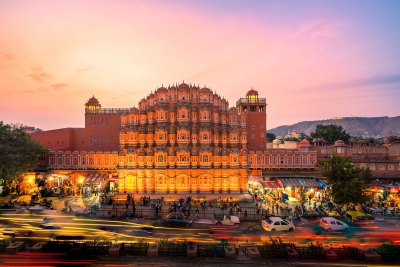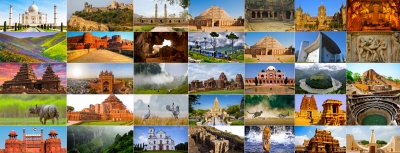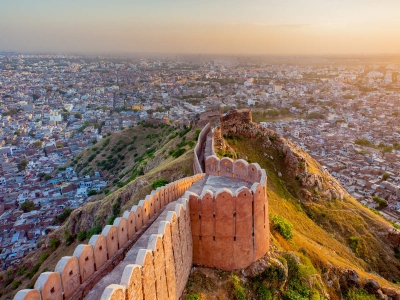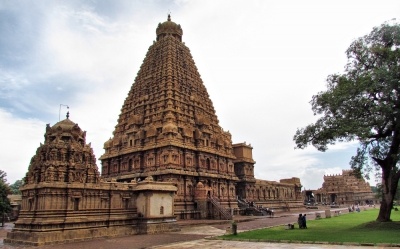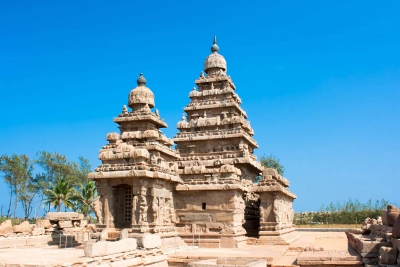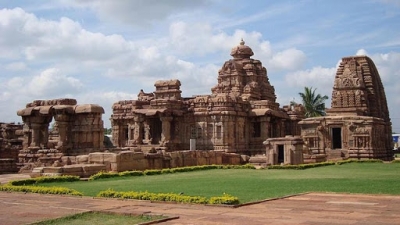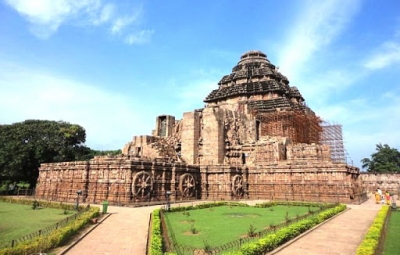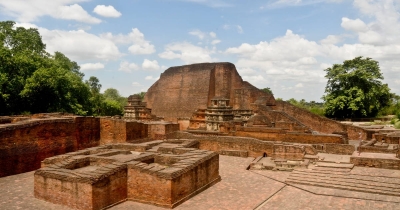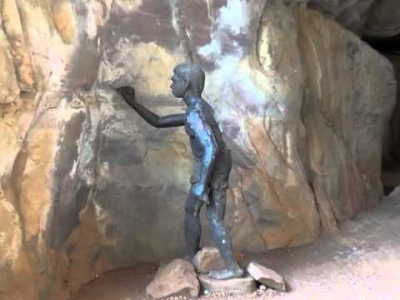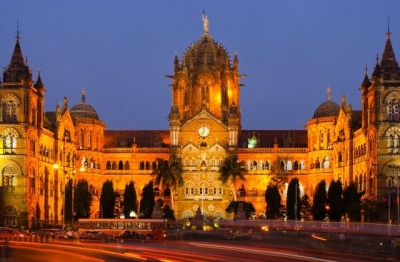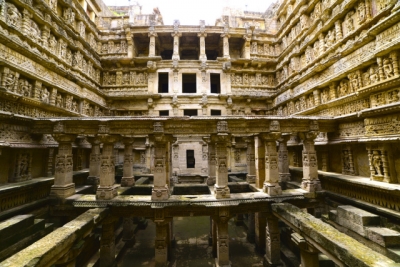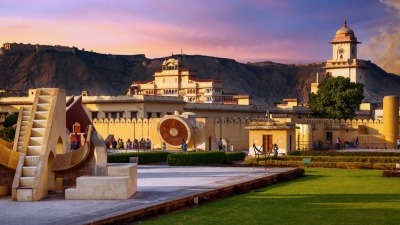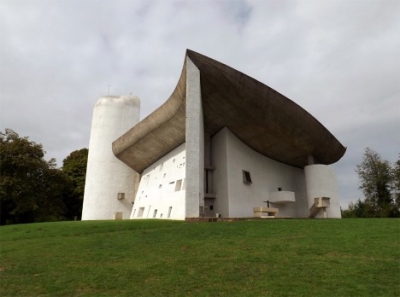There is only one mixed heritage site in India. What is it?
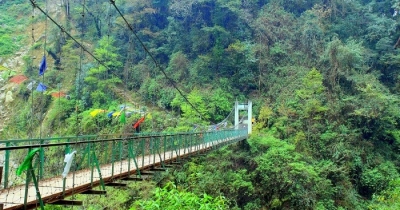
Khangchendzonga National Park (KNP), Sikkim has been inscribed as India’s first “Mixed World Heritage Site” on UNESCO World Heritage List. It fulfilled the nomination criteria under both natural and cultural heritage.
The KNP exhibits one of the widest altitudinal ranges of any protected area worldwide. The Park has an extraordinary vertical sweep of over 7 kilometres (1,220m to 8,586m) within an area of only 178,400 hactares and comprises a unique diversity of lowlands, steep-sided valleys and spectacular snow-clad mountains including the world’s third highest peak, Mt. Khangchendzonga, numerous lakes and glaciers, including the 26 km long Zemu Glacier.
The KNP lies within the Himalaya global biodiversity hotspot and displays an unsurpassed range of sub-tropical to alpine ecosystems. The Himalayas are narrowest here, resulting in extremely steep terrain, which magnifies the distinction between the various eco-zones. The KNP is located within a mountain range of global biodiversity conservation significance and covers 25% of the State of Sikkim, acknowledged as one of India’s most significant biodiversity concentrations.
The KNP is home to a significant number of endemic, rare and threatened plant and mammal species recorded in the Central/High Asian Mountains, except compared to the Three Parallel Rivers of Yunnan Protected Areas, in China; and also has a high number of bird species.
Picture Credit : Google
